Fungicide
-
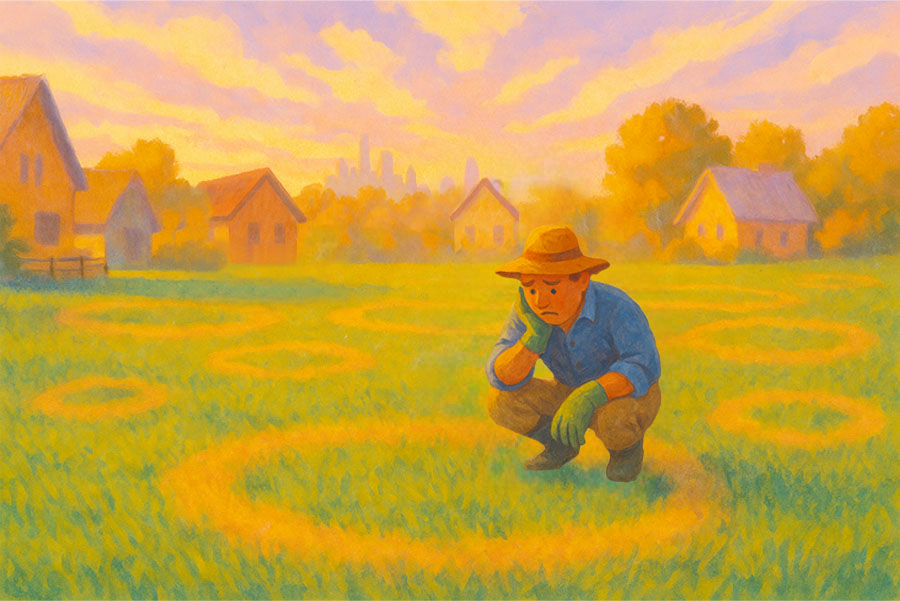
Fairy ring is an umbrella term for a disease that can be caused by more than 60 different species of basidiomycete fungi. It is particularly damaging on golf greens, but can affect all turf species in Georgia. Infection leads to localized dry spots and nutrient imbalances. No single strategy guarantees complete control, but integrating thatch reduction, water management, fertility optimization, and targeted fungicide applications can significantly mitigate disease impact.
Alfredo Martinez, Sergio Sosa, and Bikash Ghimire
|
-
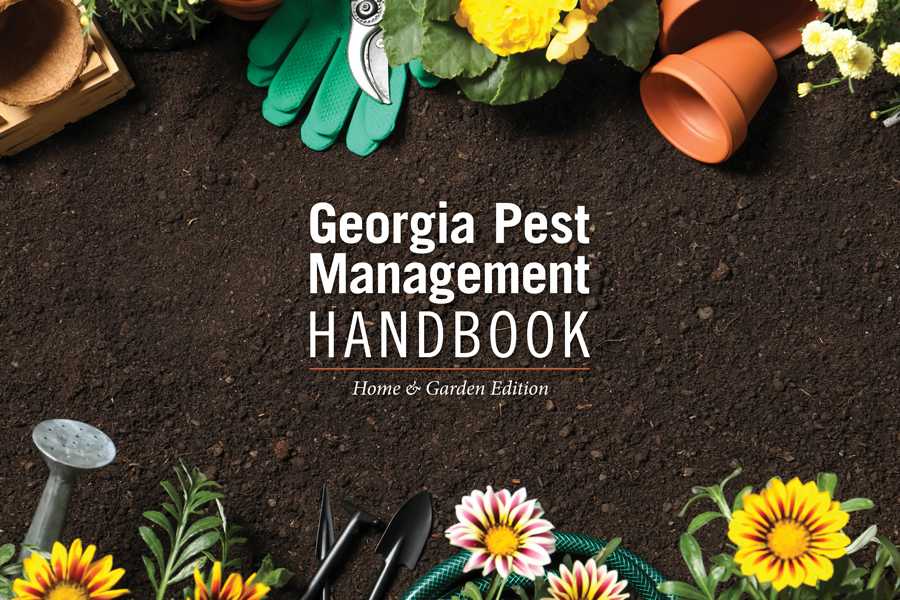
SB 48-06
Home Fungicide Guide
This section of the Home & Garden Edition covers fungicides for use in and around your home. Beginning in 2022, the Home & Garden Edition has been updated biennially. When purchasing a product based on a first-year recommendation of the Handbook, check the current product label before purchase to be sure it is still labeled for the use for which you are buying it. For pesticide products you have on hand from earlier purchases, you are allowed to use them until they are depleted without penalty under the law. Always follow label instructions before use. Contact the product’s manufacturer for the most up-to-date label.
Harald Scherm and Allison Faye Johnson
|
-
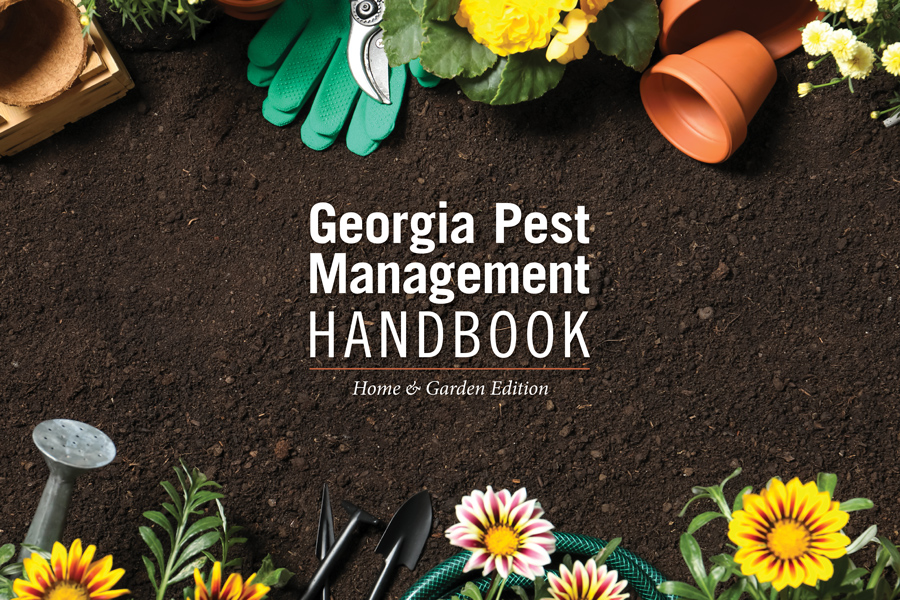
This section of the Home & Garden Edition covers organic gardening practices. The USDA National Organic Program has established rules for commercial organic production. These rules do not apply to home gardeners, but they are a useful guide for choosing organic pest management alternatives. Beginning in 2022, the Home & Garden Edition has been updated biennially. When purchasing a product based on a first-year recommendation of the Handbook, check the current product label before purchase to be sure it is still labeled for the use for which you are buying it. For pesticide products you have on hand from earlier purchases, you are allowed to use them until they are depleted without penalty under the law. Always follow label instructions before use. Contact the product’s manufacturer for the most up-to-date label.
William G. Hudson, Jonathan E. Oliver, and Allison Faye Johnson
|
-
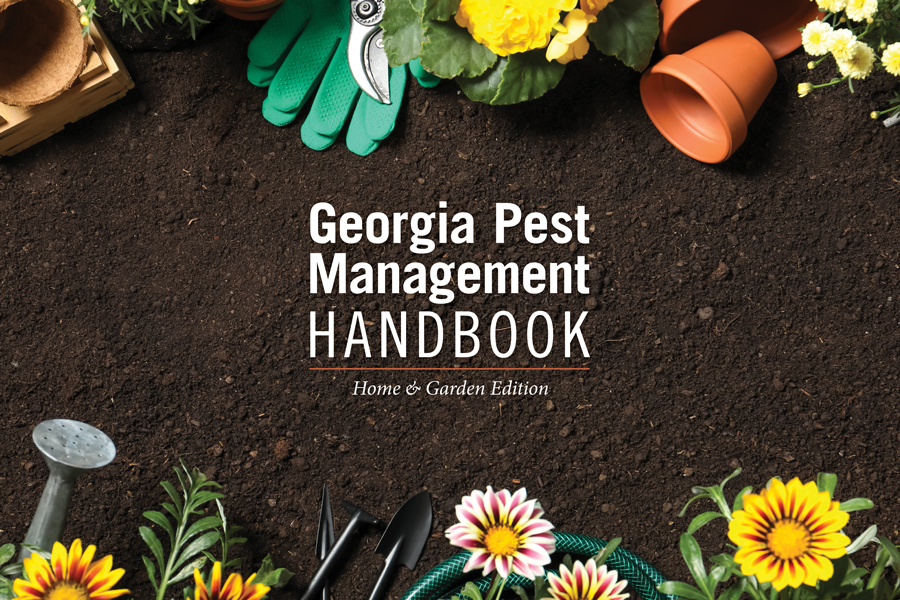
SB 48-10
Ornamentals
This section of the Home & Garden Edition covers pest control in ornamentals, such as indoor plants, flowers, shrubs, and ground covers. Beginning in 2022, the Home & Garden Edition has been updated biennially. When purchasing a product based on a first-year recommendation of the Handbook, check the current product label before purchase to be sure it is still labeled for the use for which you are buying it. For pesticide products you have on hand from earlier purchases, you are allowed to use them until they are depleted without penalty under the law. Always follow label instructions before use. Contact the product’s manufacturer for the most up-to-date label.
Jean Williams-Woodward, William G. Hudson, Mark Czarnota, and Allison Faye Johnson
|
-

This publication discusses the proper calibration methods sprayers and other liquid applicators.
Paul E. Sumner, Gary L. Hawkins, and Michael J Bader
|
-
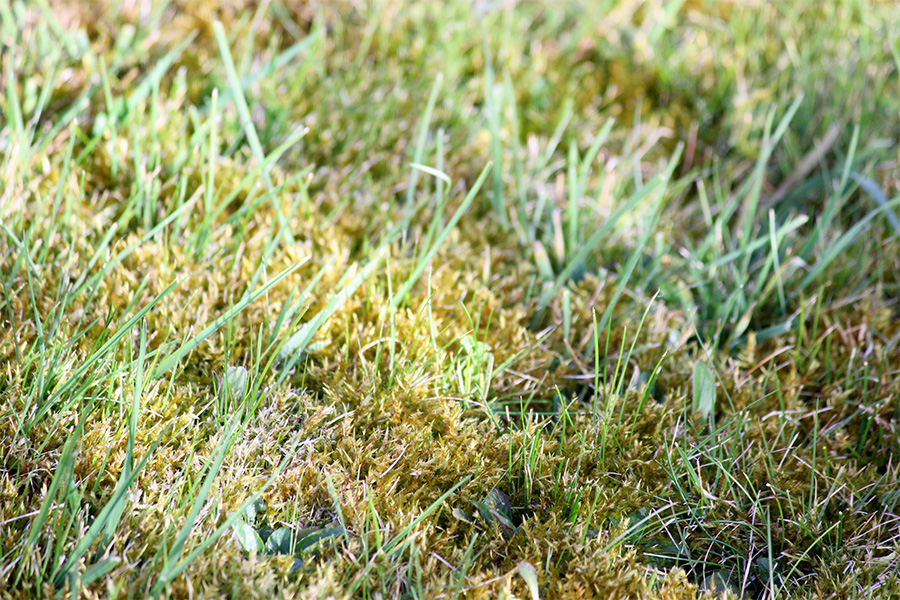
Occasionally, turfgrass areas begin to thin out and moss and algae start to form. These primitive plants develop because conditions for growing dense, healthy turf have declined. This publication gives you preventive practices and chemical suppression tips for controlling moss and algae in turf.
Timothy Daly and Patrick E McCullough
|
-

Powdery mildew, caused by Blumeria graminis f. sp. tritici (syn. Erysiphe graminis) is an obligate, host specific fungus that attacks wheat exclusively. The pathogen reduces photosynthesis and increases respiration and transpiration rates in host leaves. Colonized plants lose vigor, impairing heading and grain filling. Heavily colonized leaves can be killed prematurely. This circular provides information on symptoms and control of powdery mildew for wheat growers in Georgia.
James W. Buck, Jeremy Kichler, Alfredo Martinez, and John D. Youmans
|
-

Wheat leaf rust, caused by the fungus Puccinia triticina (formerly known as Puccinia recondita f. sp. tritici), is often a destructive foliar disease of wheat in the state of Georgia. Rust fungi in wheat are highly specialized pathogens with narrow host ranges. This circular provides information on symptoms and control of leaf rust for wheat growers in Georgia.
James W. Buck, Jeremy Kichler, Alfredo Martinez, and John D. Youmans
|
-

Fusarium Head Blight (FHB), also called scab, is a devastating disease that is emerging in Georgia wheat fields. This publication contains important information on the biology of the causal agent, and conditions that favor the disease, detailed descriptions of the diseases symptoms, and the latest information on cultural, genetic, and chemical methods of control. The intended audience is producers, professionals, consultants, county faculty and the general public.
W. (Rome) Jerome Ethredge, James W. Buck, Alfredo Martinez, Brian Vermeer, and John D. Youmans
|